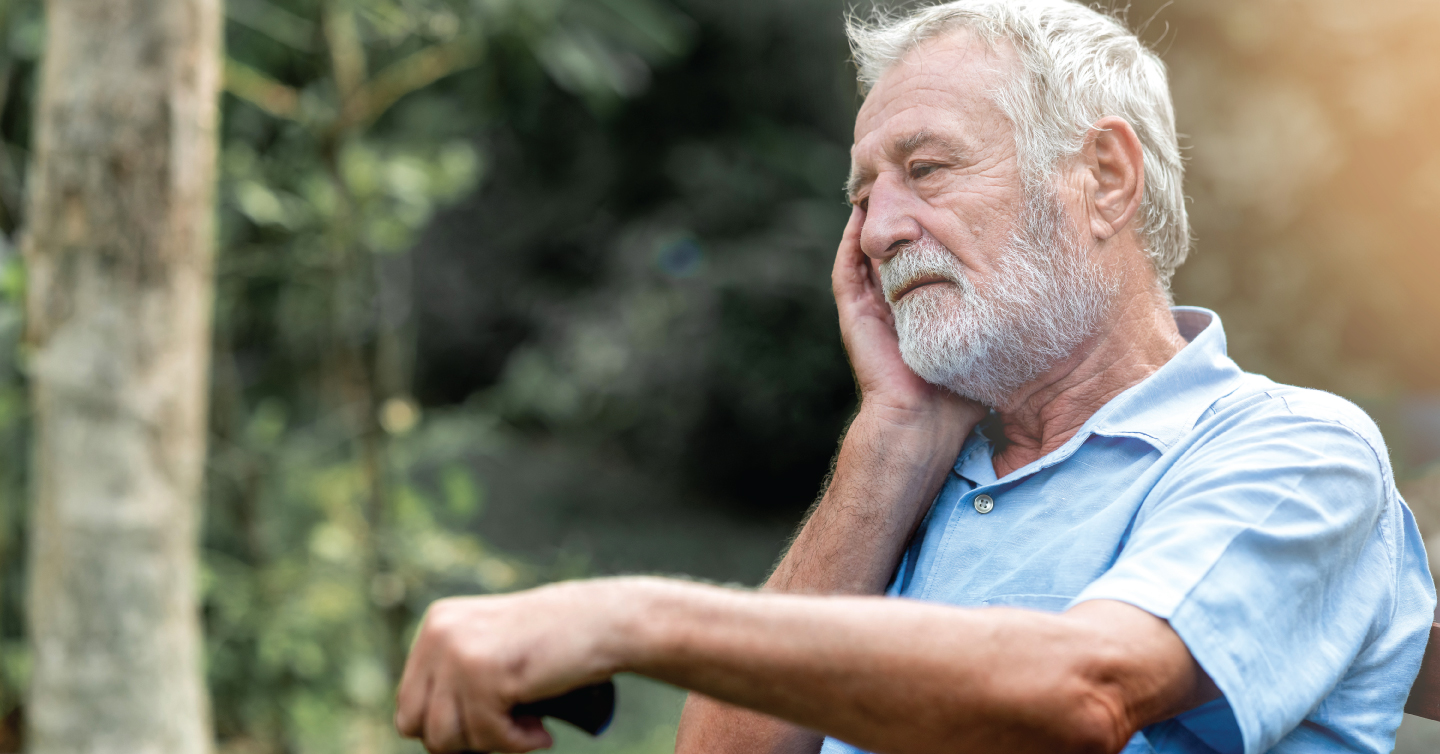What Exercises Should You Do to Slow Down Osteoporosis?

By Jennifer Footit-Tank RN BSN, quality care coordinator at Network Health
5/22/2024
Regular physical activity is good for your heart, muscles, mind and bones. Routine activity is a great way to stay strong and independent. Exercise can come in the form of muscle strengthening, aerobics, balance activities or a combination of these.
If you want to maintain your bone strength or density, weight bearing exercises are especially effective. Examples would be dancing, gardening, aerobics, walking or jogging. These types of exercises are designed to take advantage of the force of gravity while you are in an upright position. This works by putting strain on the bones encouraging the cells to increase bone density. The more strain, the higher the increase.
If you have a history of fracture or osteoporosis, you will want to check with your health care provider to determine if high- or low-impact exercises would be best for you. You do not want to sustain an injury by trying to improve your health. Your provider will assess the following.
- Overall fitness
- Muscle strength
- Level of current physical activity
- Gait
- Balance
- Current health conditions
[Read more: How Seniors Can Keep Their Bones Strong]
Different Types of Exercises Recommended for Osteoporosis
Once you are cleared to exercise you can then determine which type of exercise you will enjoy the most. Consider low- or high-impact weight-bearing, muscle-strengthening, balance training or non-impact exercises.
Low-Impact Exercises
Low-impact exercises are especially good if you have a history of fracture with osteoporosis. You can try the following exercises two to three times per week.
- Walking on a treadmill or outside
- Elliptical training machine
- Stair step machine
- Low-impact aerobics
High-Impact Exercises
High-impact exercises will get your heart rate up and involves more impact on your joints and feet. These can also be done two to three times per week.
- Racquet sports, such as tennis or pickleball
- High-impact aerobics
- Heavy gardening
- Jogging
- Brisk walking
Muscle Strengthening
Muscle strengthening is a great way to prevent or reduce your chance of falls. Strong muscles help support your bones. Such exercises are recommended at least two days per week.
- Elastic exercise bands
- Free weights
- Yoga poses, such as low plank and upward or downward facing dog
Balance Exercises
Balance training is another way to help prevent falls. It works on strengthening your core and legs, thus improving your stability. Try to complete these two to three days per week.
- Walking heel-to-toe
- Sit-to-stand and stand-to-sit from a chair
- Yoga or tai chi
- Standing march
Non-Impact Exercises
These are effective at improving posture and balance while reducing stress on joints, muscles and bones. These exercises do not directly impact your bones, but will help reduce your chance of a fall. These can be completed daily.
- Swimming
- Cycling
- Water aerobics
- Pilates
You might also want to consider a combination of the above exercises, as there are many that offer benefits from several of the above categories. These include dancing, tai chi, yoga and gardening, among others.
Look into local senior centers, the YMCA or city recreation centers for classes that are instructor led to help you get started. Wisconsin Institute for Healthy Aging offers many local classes such as Stepping On, Stand Up and Move More, and Physical Activity for Lifelong Success. There are also many free videos available online lead by SilverSneakers instructors that allow you to exercise at home.
Being physically active in any form that is comfortable will provide you with health benefits versus no activity at all. Remember to gauge the intensity of activity on what you and your health care provider feels your bone health will allow. If you’re not sure where to start and you have a Network Health plan, reach out to us and get access to one of our health coaches.



